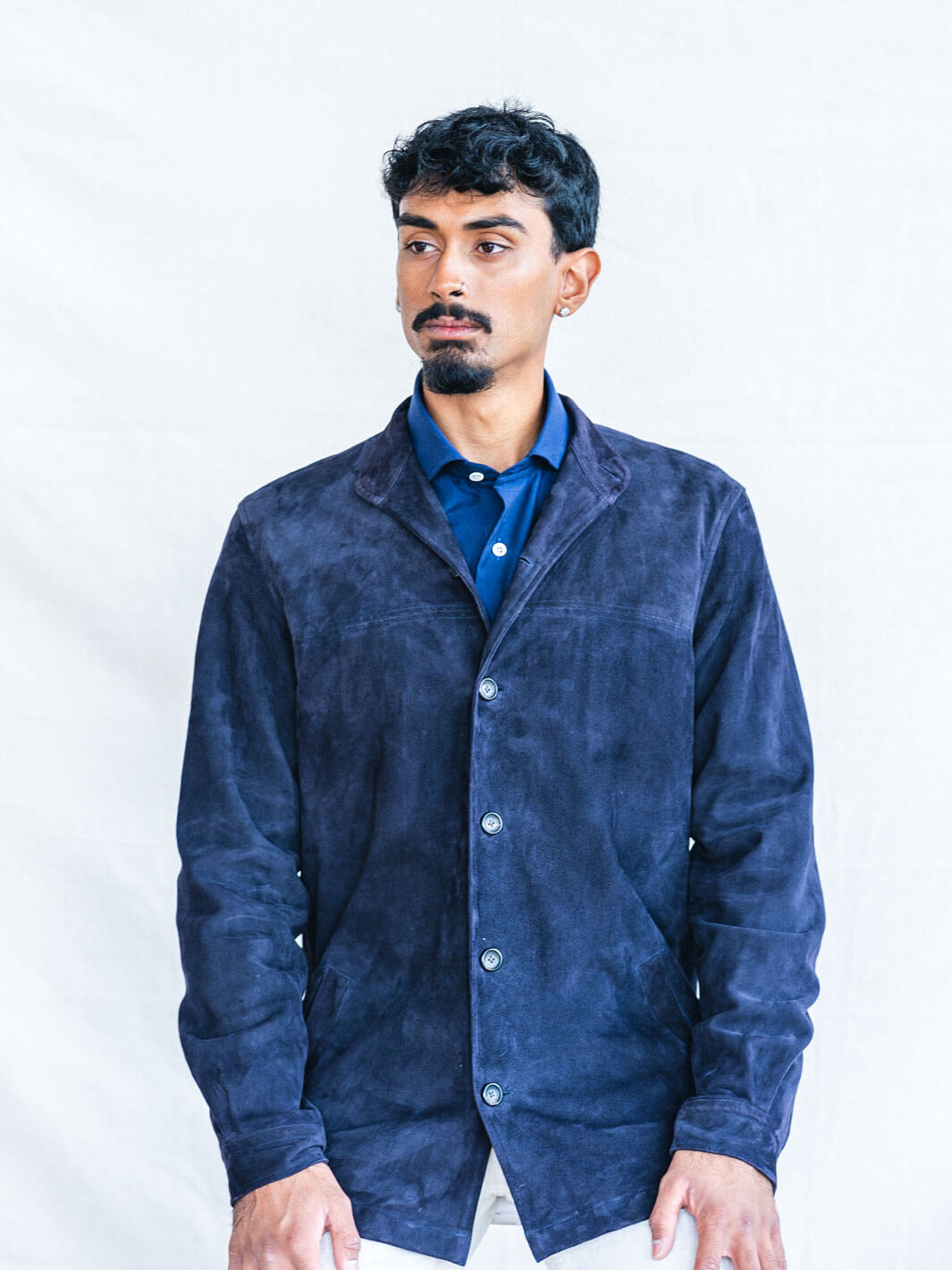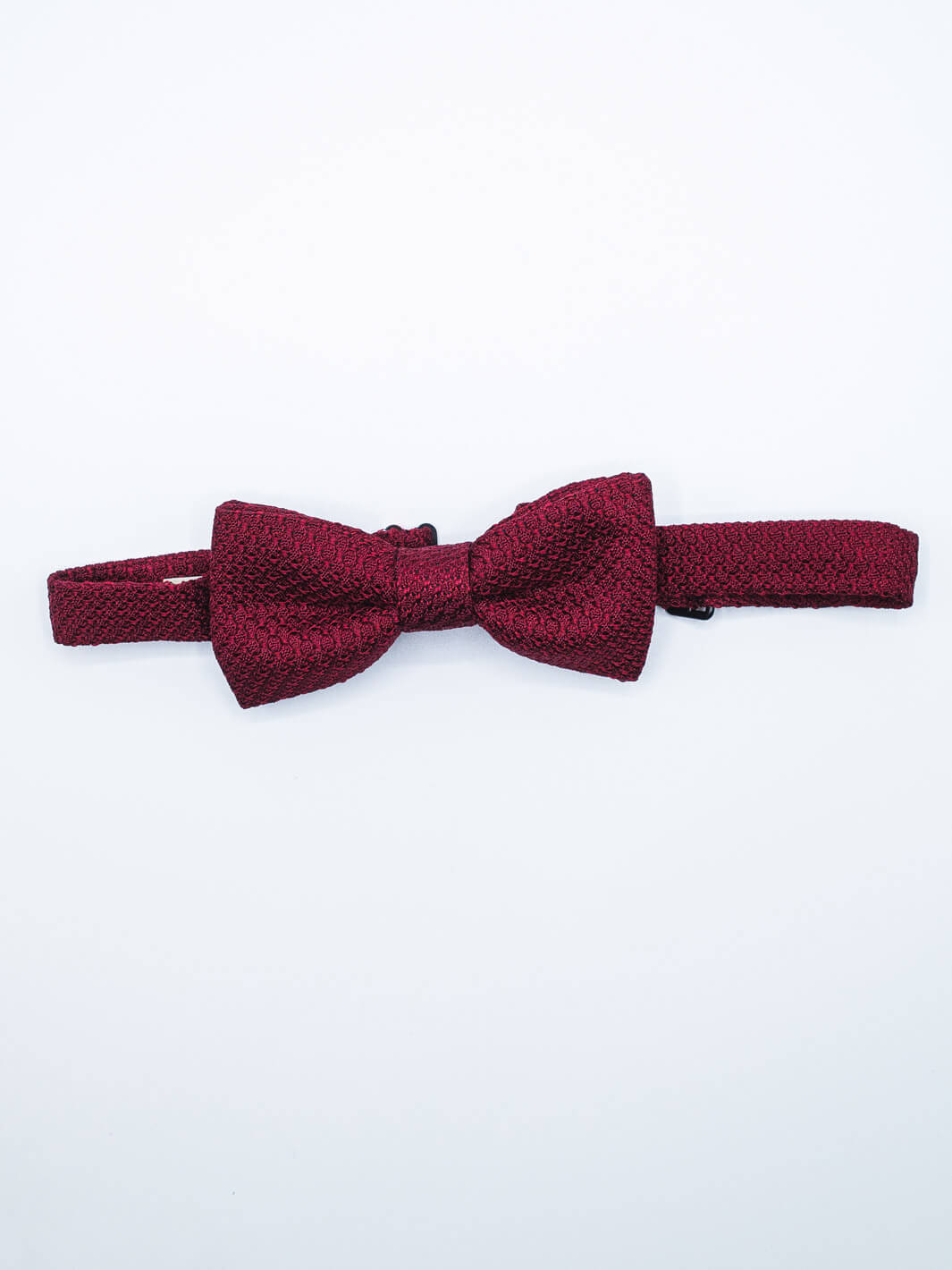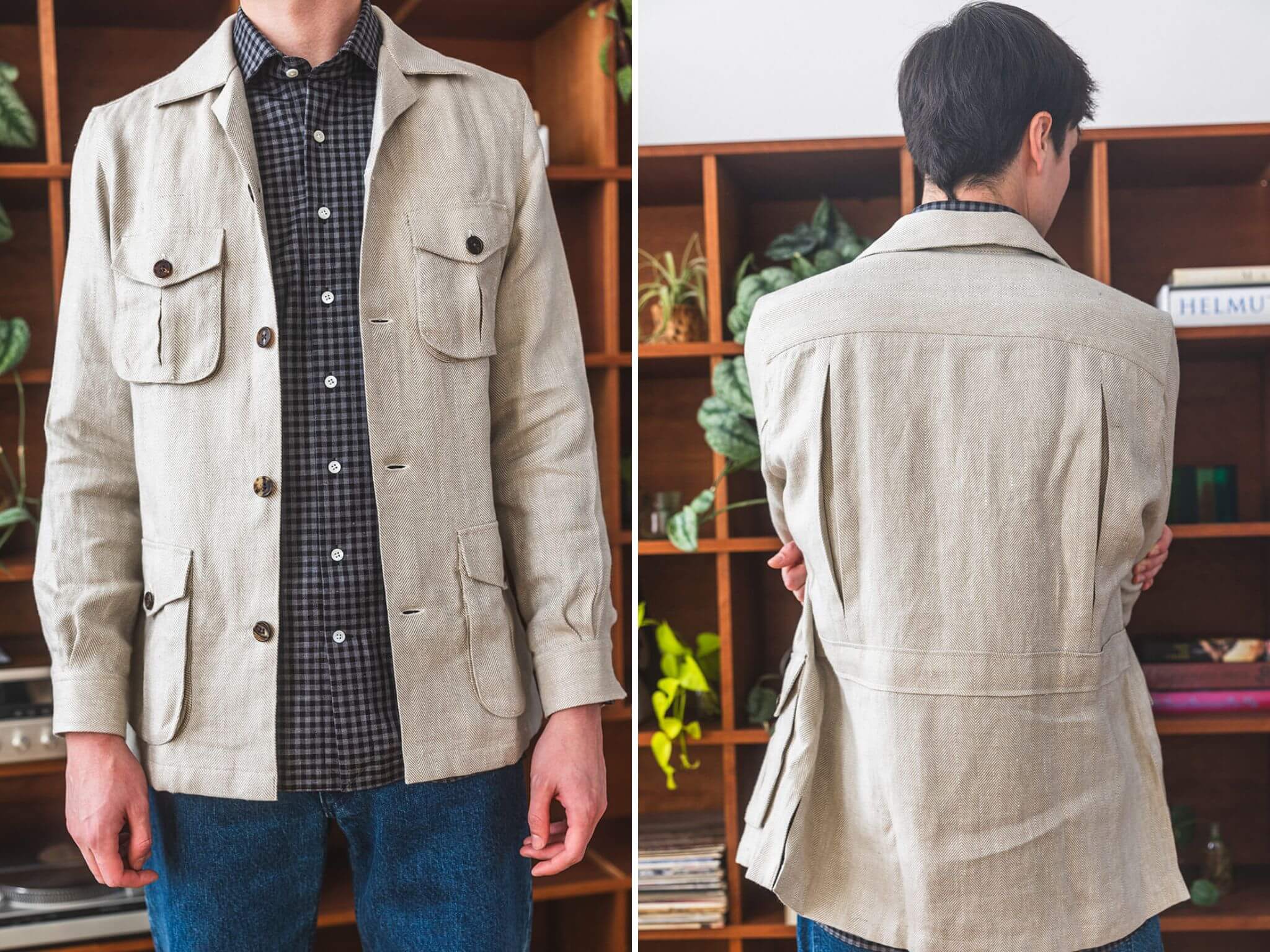Bomber jackets and aviator sunglasses would likely be absent from the menswear canon were it not for military activity in the skies. Bell-bottom trousers—a staple of California’s hippie movement in the late ’60s—were, ironically, originally designed for U.S. Navy personnel more than a century before the Summer of Love, despite the movement’s deep-rooted pacifism.
The cardigan takes its name from a British Army Major General who served during the Crimean War—the same conflict that also gave rise to the trench coat. The striped Breton shirt, now a unisex fashion classic, began life in the mid-19th century as the official uniform of the French Navy. Dr. Martens boots, pea coats, and even the plain white T-shirt—standard issue as an undershirt during the Mexican-American War of 1898—all trace their origins to the military.

The list goes on. Perhaps it's the enduring appeal of form meeting function, or maybe it's the drama of history woven into the seams—but whatever the reason, military influence has been a driving force in the evolution of menswear.
And there’s one particular piece of outerwear, born of battlefield necessity and later refined for civilian life, that remains a must-have for anyone who considers themselves sartorially versatile: the safari jacket.
Continental Shift: The Safari Jacket’s Origins
Military tunics and hunting attire were both major influences on the development of a garment commonly known as the bush jacket, which first gained prominence during the Second Boer War. Some sartorial historians, however, trace its origins back even further—to the khaki uniforms worn by the Corps of Guides operating in India some fifty years earlier.

During the Boer War, British troops stationed in South Africa—often sporting lavish moustaches—required a lightweight, functional garment. Made from cotton drill or poplin for breathability and rendered in organic khaki tones that matched the terrain, these jackets featured epaulettes, multiple large patch pockets, and a belted waist—ideal for staying comfortable in sweltering military conditions.
By the early 20th century, the style had migrated into civilian life. Among those seen wearing jackets based on these military designs was Theodore Roosevelt, who embarked on a year-long expedition through East and Central Africa in 1909–1910. His jacket was designed by Ben Willis of Abercrombie & Fitch. Later, Edward VIII incorporated a similar design into his personal safari wardrobe for a trip to Africa in the late 1920s. (Interestingly, King Charles III was frequently photographed in his youth wearing a short-sleeved, white version of the jacket.)

Ernest Hemingway followed suit, commissioning a custom version from Willis & Geiger Outfitters for his big-game hunting trips through the Masai Mara—around the same time the term safari suit appeared in an American newspaper and was officially recognized by the Oxford English Dictionary in 1935. Likely due to Hemingway's rugged reputation as an adventurer, many modern versions of the garment continue to bear his name.
The M-1943 field jacket—a garment sharing much of its DNA with the safari jacket—saw notable use during the summer 1943 landings at Anzio, Italy, by the Georgia-based 3rd Infantry Division. This marked another milestone in the garment’s American history. However, its popularity stateside can perhaps be attributed more to its many appearances on the silver screen.

Douglas Fairbanks Jr. was the first to showcase the safari jacket’s sartorial versatility, pairing it with a cravat in the 1940 adventure film Safari. Perhaps taking inspiration from the author of the original story, Gregory Peck wore one to dazzling effect in 1952’s The Snows of Kilimanjaro. The following year, its unisex appeal was cemented when both Clark Gable and Grace Kelly donned versions crafted by Huntsman of Savile Row in Mogambo. Roger Moore, a more recent champion of the look, wore safari-style attire in no fewer than five James Bond films.
The Safari Jacket Today
These days, the generous pockets of the safari jacket are more likely to hold iPhones and noise-cancelling headphones than malaria pills or medium-bore cartridges. Yet the jacket is more popular than ever—its natural habitat now the city, not the savannah.
Yves Saint Laurent was the first to elevate it to high fashion, debuting a safari-inspired look in his 1967 runway shows, followed by a one-off design for Vogue the next year. Since then, designers from Ralph Lauren to Dolce & Gabbana have embraced its enduring appeal. In recent years, major menswear houses like Cifonelli, Canali, and Savile Row’s Anderson & Sheppard have offered faithful interpretations of the form.

We’re proud to offer a ready-to-wear example of this timeless style: the Linen Herringbone Safari Jacket by 100 Hands. Crafted from 100% Irish linen in a wide herringbone weave, it features a spread collar, four patch pockets with box pleats and buttoned flaps, and a single internal pocket. The action pleats and half belt at the back ensure ease of movement, while the unlined, unstructured construction makes it perfect for lightweight layering. Cuffs are finished with a clean, single-button barrel design—casual yet considered.
Naturally, for those seeking something more personalised, we recommend commissioning one through Anatoly & Sons’ made-to-measure service. The modern safari jacket allows for nearly infinite permutations—length, dimensions, colors, fabrics, and detailing—making it a perfect canvas for individual style. We’re confident our readers want to look both rugged and refined, with a touch of personal flair.
Whether your taste leans toward authentic military or urban chic—or somewhere in between—consider pairing it with a cool utility watch or a well-chosen man-bag, rather than a large-calibre black powder smoothbore.









